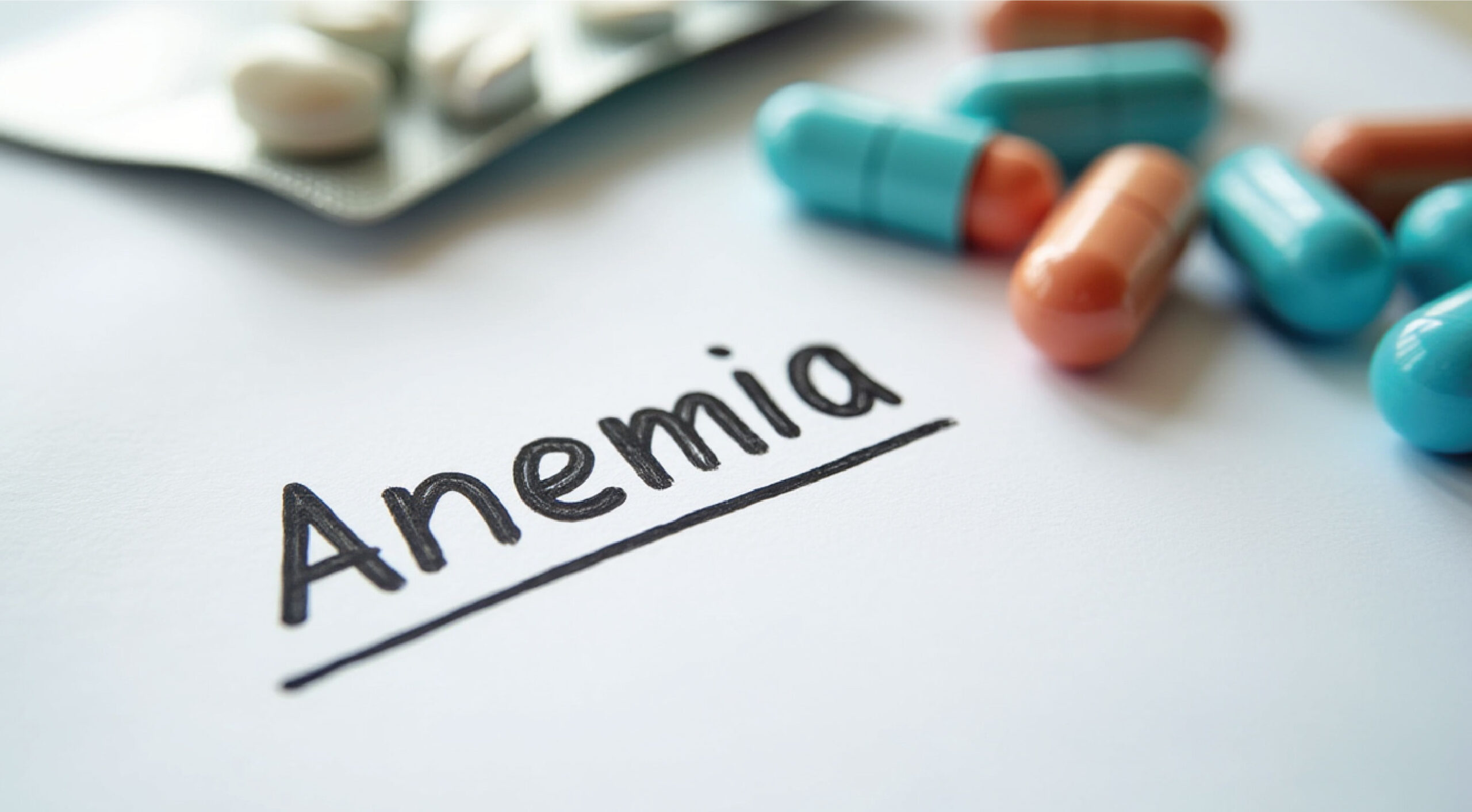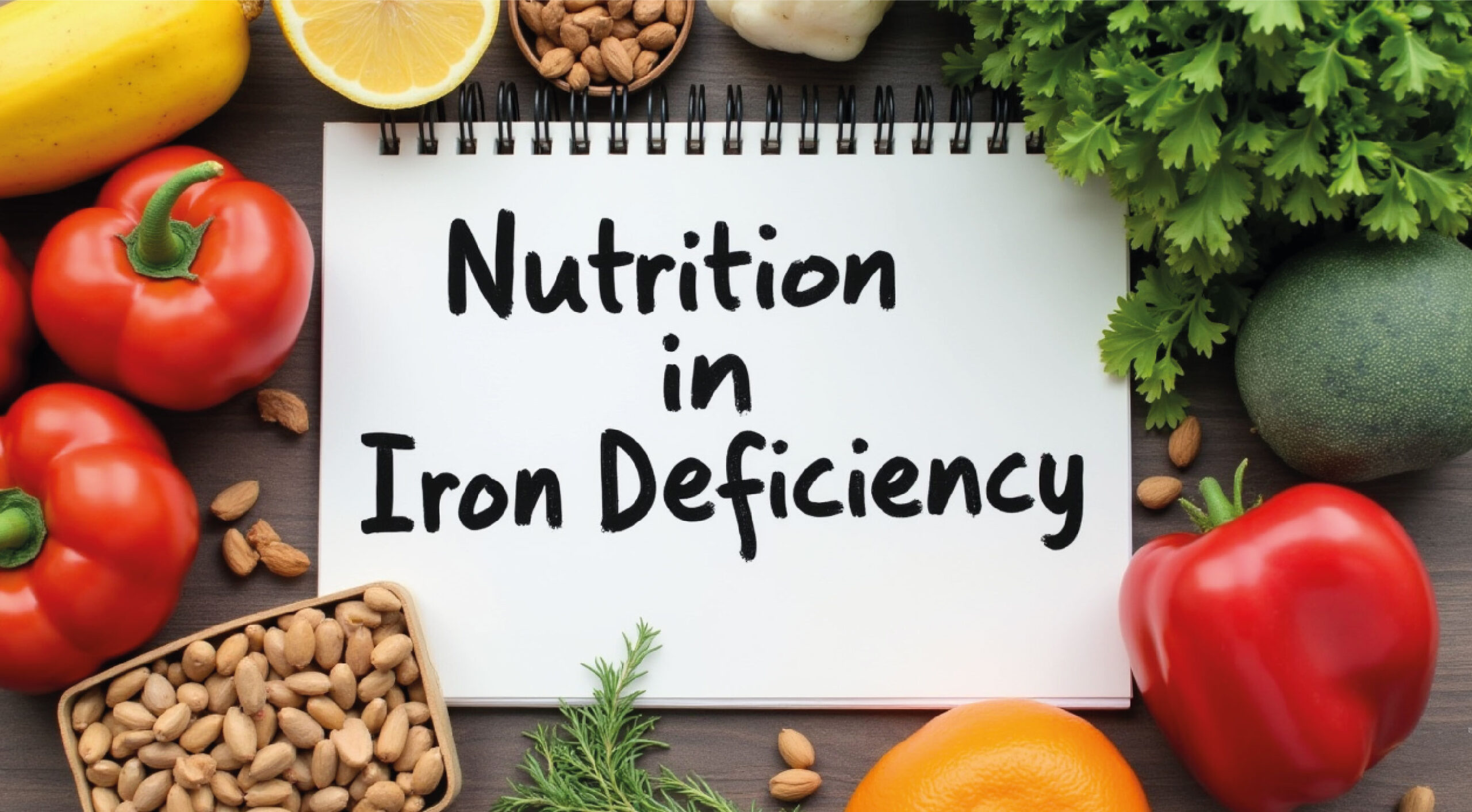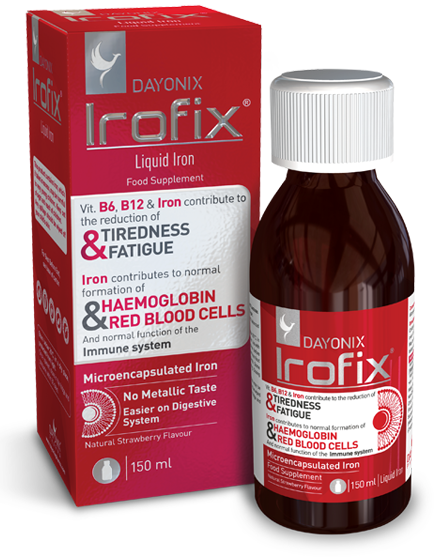
Understanding Anemia in Adolescents: Causes, Symptoms, and Solution
March 22, 2025Anemia is a widespread condition that affects millions of children worldwide, often going undiagnosed and untreated. Among the various types of anemia, iron deficiency anemia is the most common, particularly in adolescents. This condition can lead to a variety of troubling symptoms, including fatigue, weakness, and developmental delays. Understanding the causes, signs, and effective treatments for anemia in children is crucial for ensuring their growth, energy levels, and overall well-being. In this article, we’ll explore how anemia develops, how it’s diagnosed, and how proper nutrition and supplementation can help manage this condition in adolescents.
What is anemia?

Anemia is a condition where the number of red blood cells or the hemoglobin in the blood is below normal levels. Hemoglobin is a protein in your red blood cells, responsible for carrying oxygen throughout your body.
Iron is a mineral that your body needs in order to make hemoglobin. Low levels of iron, often from poor dietary intake, directly impact hemoglobin production in your body which leads to fatigue and other health concerns.
Iron-deficiency anemia is the most common type of anemia. Despite how common this condition is, many people don’t know they have iron-deficiency anemia and chalk their symptoms up to other causes.
Causes of Anemia in Children
Anemia in children can be caused by multiple factors. The cause of anemia depends on the type, but for many children, the condition is the result of an inherited or genetic condition that affects how red blood cells form or function.
Iron-deficiency anemia in infants and young children is usually linked to diet, due to a delay in introducing iron-fortified foods or iron supplements. Food allergies and other feeding difficulties can also contribute to the condition.
What are the signs and symptoms of iron deficiency anemia?

Some children with mild anemia do not show any symptoms at all, but common signs and symptoms include:
- Pale skin
- Lack of energy
- Feeling tired and weak
- Having frequent headaches
- Shortness of breath
- Faster heart rate than normal
- Cognitive or developmental problems
How is anemia diagnosed in Children?

Diagnosing anemia in children can be challenging, especially since its symptoms are often mild or overlap with those of other common conditions. Many children with anemia may appear tired, pale, or irritable, but these signs can also be linked to various other health issues. Therefore, a thorough evaluation by a healthcare provider is essential.
When diagnosing anemia, your doctor will start by gathering important information about your child’s medical history, including any family history of anemia or blood disorders, other health conditions, current medications, and dietary habits. This background helps the doctor understand the potential causes of the symptoms and identify any underlying factors contributing to anemia.
One of the most common and reliable tests for diagnosing anemia is a Complete Blood Count (CBC). During this test, a blood sample is taken from your child and analyzed in a laboratory. The CBC measures various components of the blood, including red blood cells (RBCs), white blood cells (WBCs), and platelets. For anemia diagnosis, the focus will be on the red blood cell count and the amount of hemoglobin in the blood.
Hemoglobin is a key protein in red blood cells responsible for transporting oxygen throughout the body. In an anemic child, the hemoglobin levels will be below normal, indicating that the blood is not carrying enough oxygen to the tissues and organs. Your doctor will compare your child’s red blood cell count and hemoglobin levels to established normal ranges for their age and gender to confirm whether they have anemia.
Treatment Options for Anemia in Kids
How anemia in children is treated will depend on:
- How severely anemic your child is
- The type of anemia
- Any underlying conditions contributing to the problem
Iron-deficiency anemia is the most prevalent type of anemia in children. It’s often treatable with iron supplements and diet changes. If iron supplements are required, your child’s doctor will recommend a specific formulation and dosing based on your child’s age and level of iron deficiency, or if the anemia is caused by special issues or a genetic disorder, more specialized treatments may be required.
The Role of Nutrition in Managing Iron Deficiency

In milder cases, or alongside supplementation, your doctor may also suggest increasing the amount of iron-fortified or iron-rich foods in your child’s diet. This can include foods like:
- red meat
- seafood
- poultry
- eggs
- iron-fortified cereals
- beans and lentils
- dark green, leafy vegetables
In addition to adding iron-rich foods to your child’s diet, it’s also helpful to increase iron absorption in the body by pairing these with vitamin C-rich foods like:
- citrus fruits
- berries
- papaya
- tomatoes
- sweet potatoes
- broccoli
- cabbage
- dark green, leafy vegetables
Conclusion
Anemia in adolescents is a serious concern, but with early diagnosis and proper treatment, most children can fully recover and thrive. Iron deficiency anemia, in particular, can often be managed through diet changes, iron supplements, and by ensuring proper nutritional intake. While severe cases may require ongoing medical intervention, understanding the signs and addressing the condition early can make a world of difference in your child’s health and development. If you suspect your child might be affected by anemia, don’t hesitate to consult with a pediatrician for diagnosis and personalized treatment options. By taking proactive steps, you can ensure your child’s health and help them lead a vibrant, energetic life.
For parents concerned about their child’s iron intake, our microencapsulated iron syrup is an ideal solution. Specifically designed for children and adolescents, this easy-to-consume syrup ensures optimal iron absorption while minimizing digestive discomfort. The microencapsulation technology helps protect the iron from interacting with other compounds, making it gentle on the stomach and highly effective. With a pleasant taste and no black stains, it’s a perfect choice for young ones who struggle with traditional iron supplements.
Give your child the support they need for healthy growth and development with our trusted iron supplement. Talk to your pediatrician today to see if it’s the right fit for your child’s needs.
Reference
- https://www.healthline.com/health/anemia/anemia-in-kids#risk-factors
- https://www.gosh.nhs.uk/conditions-and-treatments/general-medical-conditions/anaemia/
- https://www.hopkinsmedicine.org/health/conditions-and-diseases/irondeficiency-anemia/symptoms-of-iron-deficiency-anemia-in-children
